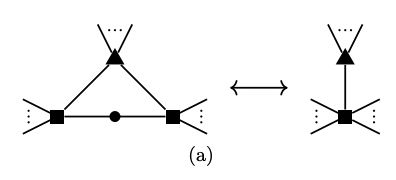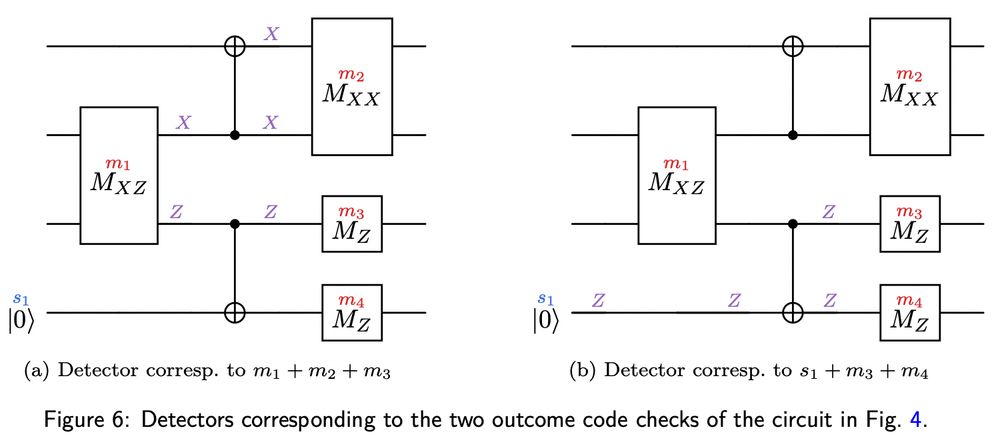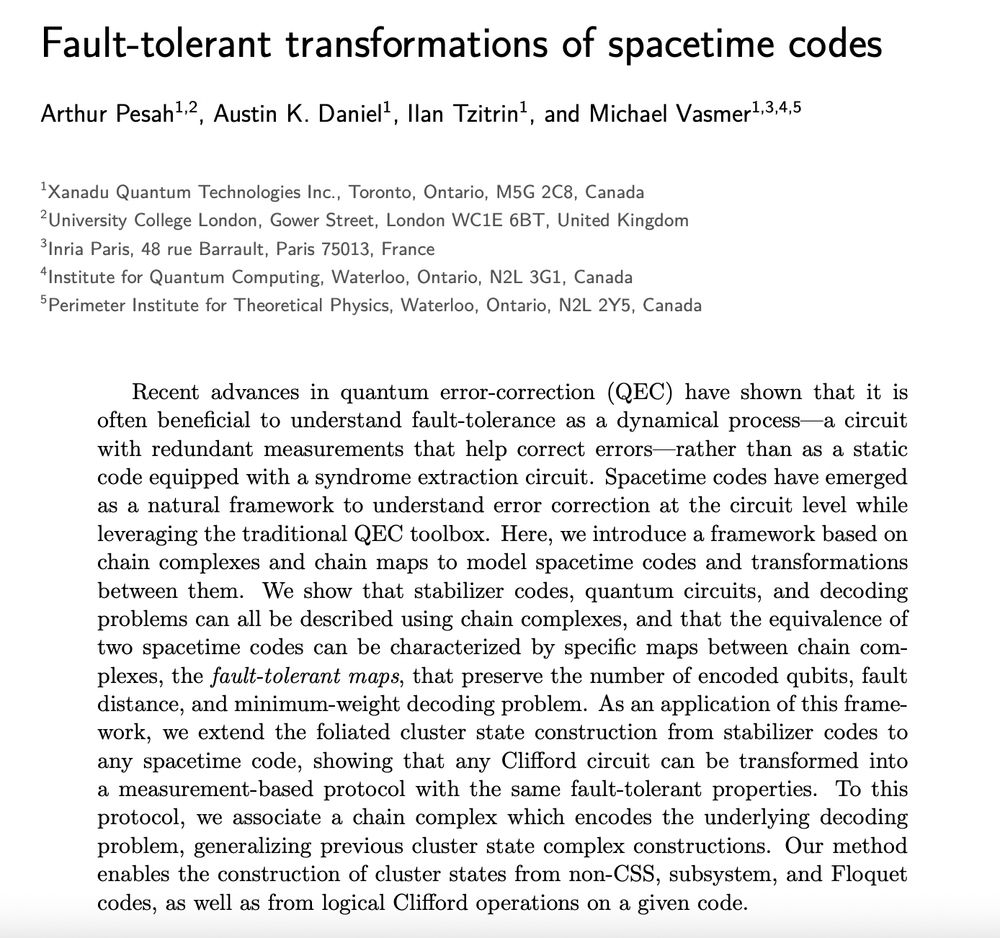Arthur Pesah
@arthurpesah.bsky.social
360 followers
140 following
17 posts
PhD student in quantum error correction at UCL
Posts
Media
Videos
Starter Packs

















